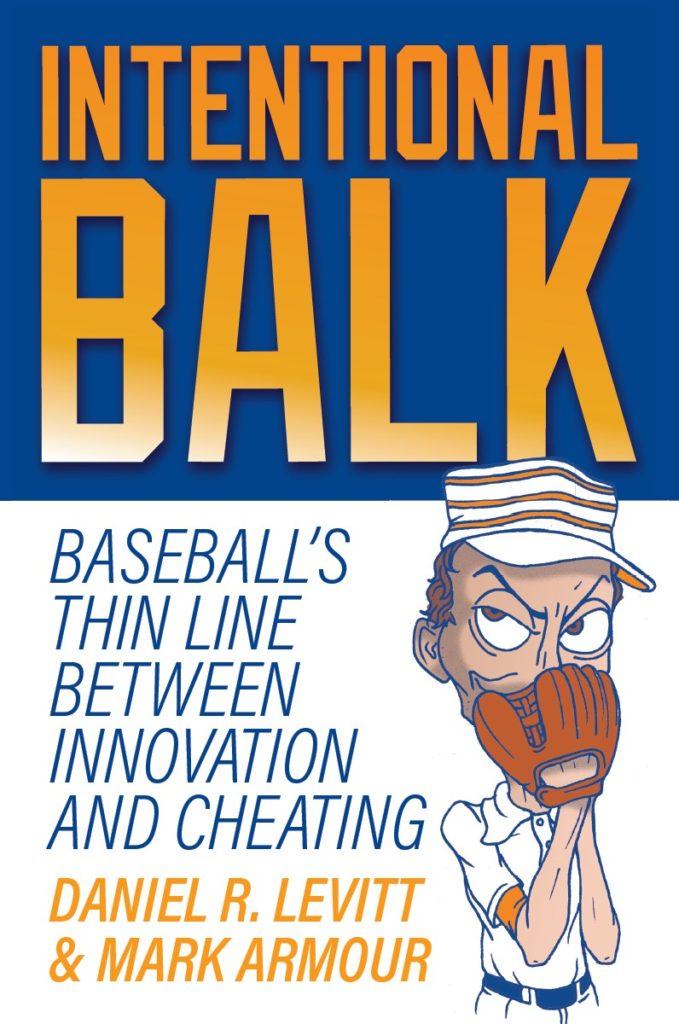After years of considered study, one of our fundamental observations about cheating in baseball (and sports in general) is that participants often view it from a cost-benefit standpoint rather than a moral one. Many years ago, longtime manager and coach George Bamberger summarized this sentiment: “We do not play baseball. We play professional baseball. There are rules, and there are consequences if you break them. If you are a pro, you often don’t decide whether to cheat based on whether it’s right or wrong. You base it on whether or not you can get away with it and what the penalty might be.”
Players, managers, umpires—even fans—tolerate this attitude as long as the rule-breaking is kept to polite levels and does not distort the game. If there are too many spitballs or steroid-aided home runs, baseball is ensnared in controversy or scandal.
How institutions react to these scandals is illustrative. There are essentially three alternatives: institute or increase detection and penalties, change the rules to make the behavior legal or allow the situation to fester, hoping that the situation will self-correct.
Baseball’s sign-stealing problem can best illustrate the third alternative. The first known case of a team using prism binoculars to determine an opposing catcher’s signs came in 1899, just five years after modern prism binoculars were introduced. Within a few years, a consensus emerged that using any off-field device in this manner was cheating.
Over the next 100 years, players and managers often complained to umpires and league officials about such nefarious acts. League officials would pontificate about the evils of the actions and might even threaten punishment if it didn’t stop, but no team was ever meaningfully investigated, much less punished. In fact, baseball never even made a rule against the practice, apparently believing that a controversy every few years was preferable to proving the crime and enforcing consequences.
Earlier in this century, a new batch of sign stealing controversies related to the use of video feeds cropped up. But again, there were no penalties.
Finally, in response to the Red Sox use of an Apple Watch in their dugout in 2017, commissioner Rob Manfred decided that electronic sign stealing was unambiguously illegal and that any future violators would be punished. In particular, he stated there would be significant penalties for a team’s GM or manager for a team caught illegally stealing signs.
Two years later, the Houston Astros operation came to light, and after an investigation, Manfred did precisely what he promised he would do, suspending both manager A. J. Hinch and general manager Jeff Luhnow for a year. MLB and the players union finally agreed to stricter controls on the use of video and electronic devices in July 2020, and they enumerated specific discipline for any player who violated sign stealing rules. The controversy has been dormant for the past three seasons.
In July 2022, New York Mets ace Max Scherzer, one of the game’s best pitchers, took the position that any sign-stealing should be legal. “Stealing signs is part of the game,” Scherzer said. “I’ve always taken pride in having a complex system of signs and having that advantage over other pitchers. That’s part of baseball, trying to crack somebody’s signs.”
There is no evidence to suggest that the commissioner ever considered this alternative, nor did we see anyone advocate this position when the Astros investigation was ongoing. But this approach has been employed before dealing with a cheating controversy by changing the rule.
In the early days of baseball, pitchers were required to throw the ball underhanded, as in modern softball. Pitchers began skirting these requirements almost immediately, leaning the body to effect more of a sidearm delivery. In early 1872 baseball’s professional organization partly capitulated, allowing sidearm deliveries up to hip level. Pitchers were soon inching up over the hip and even took to hiking up their pants to redefine their waistlines. In 1883 the allowable (still sidearm) release point was moved up to the shoulder. Players continued to push the boundaries, and soon thereafter, baseball threw in the towel and legalized full overhand deliveries. It took three decades of experimentation and cheating, but baseball’s owners finally arrived at a solution that has held ever since.
Other than Scherzer, baseball players and management are currently unified on electronic sign-stealing: it is cheating, and known violators should be punished. Similarly, after years of controversy (and congressional hearings), the two sides came together on testing and punishment for performance-enhancing drugs.
The Future Of The Work place(Opens in a new browser tab)
Baseball has been going through a recent crisis with the pitcher’s use of sticky substances on the baseball. After an initial crackdown, there is some evidence that pitchers are up to their old tricks. Once again, baseball must decide whether to implement additional enforcement or modify the rules to meet the new reality. Doing nothing usually leads to chaos. Daniel R. Levitt and Mark Armour are award-winning researchers and board members of the Society for American Baseball Researchers. They are the co-authors of Intentional Balk: Baseball’s Thin Line Between Innovation and Cheating. For more information, please visit. www.intentionalbalkbook.com.
By Daniel R. Levitt and Mark Armour
